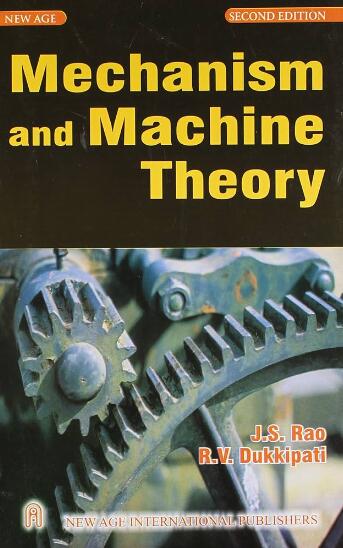Analysis of the relative displacements in a thick Origami with double-hinge technique for thickness accommodation
IF 4.5
1区 工程技术
Q1 ENGINEERING, MECHANICAL
引用次数: 0
Abstract
Origami, the art of folding paper, has been extensively explored for its potential to produce complex structures and enable rapid and precise movements with few folds. The flexibility and low thickness of paper make it ideal for folding, although most engineering applications require stiffer and thicker materials when drawing inspiration from Origami. For that, several techniques have been developed over the years and the double-hinge technique is one of the least explored techniques for thick Origami, even though it shows a major advantage to obtain a fully flat surface in the unfolded state. This advantage makes it ideal when developing solar panels where flat surfaces are required to maximize the absorbed energy. In this work, the Miura Ori pattern, based on the degree-4 vertex coupled with the double-hinge thickness accommodation technique, is analyzed to obtain relationships between the kinematics, thickness, sector angles, and periodicity. It is found that by releasing certain degrees-of-freedom, the double-hinge technique can be used to fold Origami patterns, with flat-foldability and preserving the Origami motion. The findings of this research contribute to a deeper understanding of thickness implications in the double-hinge technique for Origami-based thickness accommodations. This study presents a novel model that has not been previously explored, establishing key insights that are crucial for future emerging applications.
用双铰技术调厚厚折纸的相对位移分析
折纸,折叠纸的艺术,已经被广泛探索,因为它有可能产生复杂的结构,并且可以用很少的折叠来实现快速和精确的运动。纸张的柔韧性和低厚度使其成为折叠的理想材料,尽管大多数工程应用需要更硬更厚的材料才能从折纸中获得灵感。为此,多年来已经开发了几种技术,双铰链技术是厚度折纸中探索最少的技术之一,尽管它显示出在展开状态下获得完全平坦的表面的主要优势。这一优势使其成为开发太阳能电池板时的理想选择,因为需要平坦的表面来最大限度地吸收能量。在这项工作中,分析了基于4度顶点耦合双铰链厚度调节技术的Miura Ori模式,以获得运动学,厚度,扇形角和周期性之间的关系。研究发现,通过释放一定的自由度,双铰链技术可用于折纸图案的折叠,具有可平折性,并保持折纸运动。本研究的结果有助于更深入地了解折纸厚度调节双铰链技术的厚度含义。这项研究提出了一个以前没有探索过的新模型,建立了对未来新兴应用至关重要的关键见解。
本文章由计算机程序翻译,如有差异,请以英文原文为准。
求助全文
约1分钟内获得全文
求助全文
来源期刊

Mechanism and Machine Theory
工程技术-工程:机械
CiteScore
9.90
自引率
23.10%
发文量
450
审稿时长
20 days
期刊介绍:
Mechanism and Machine Theory provides a medium of communication between engineers and scientists engaged in research and development within the fields of knowledge embraced by IFToMM, the International Federation for the Promotion of Mechanism and Machine Science, therefore affiliated with IFToMM as its official research journal.
The main topics are:
Design Theory and Methodology;
Haptics and Human-Machine-Interfaces;
Robotics, Mechatronics and Micro-Machines;
Mechanisms, Mechanical Transmissions and Machines;
Kinematics, Dynamics, and Control of Mechanical Systems;
Applications to Bioengineering and Molecular Chemistry
 求助内容:
求助内容: 应助结果提醒方式:
应助结果提醒方式:


